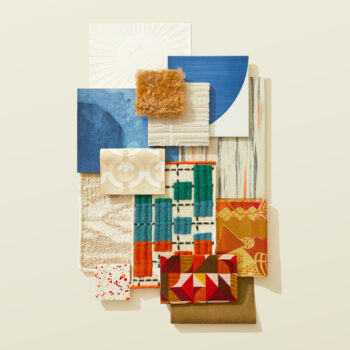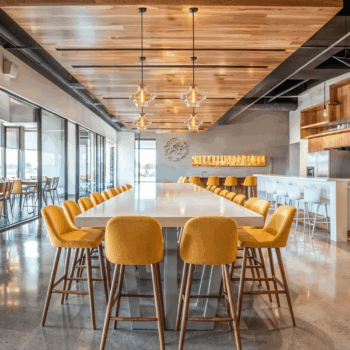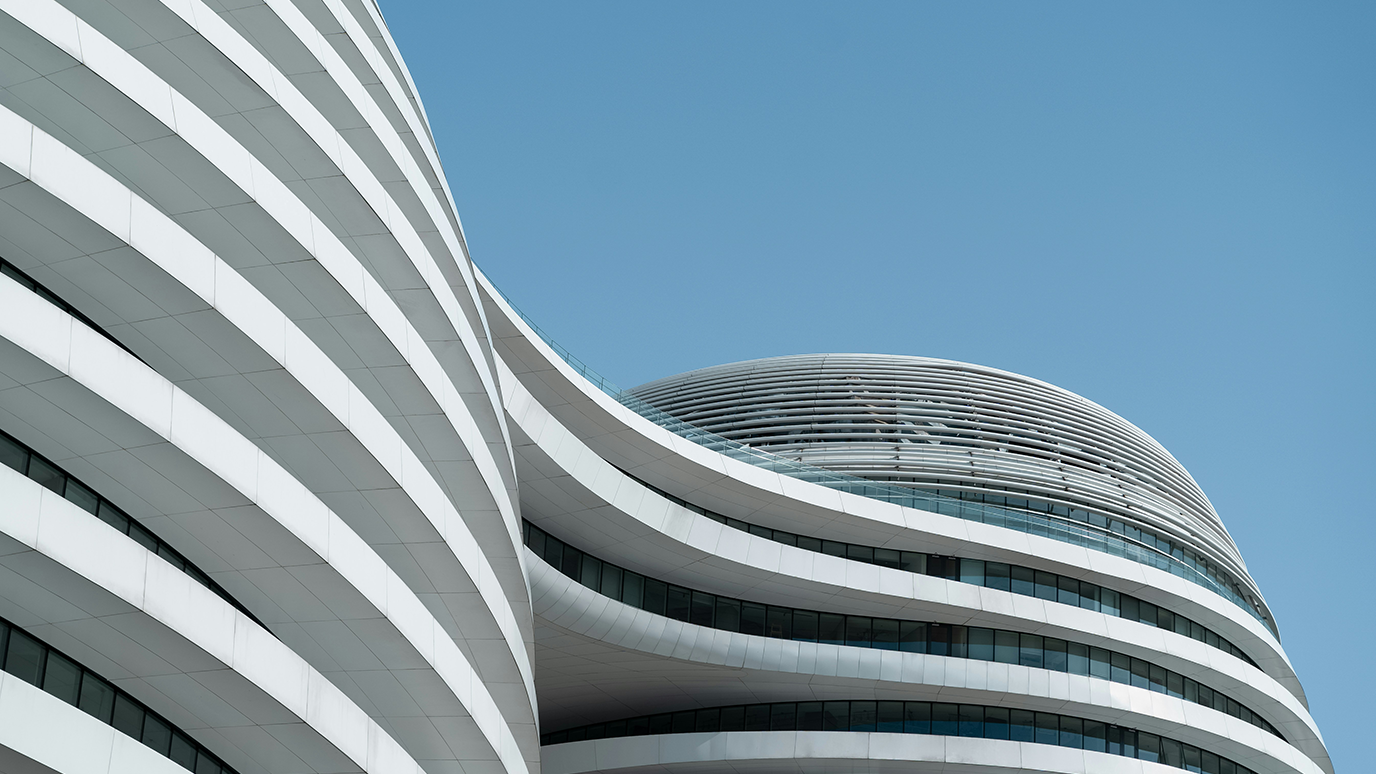
Round architecture has always been a hallmark of innovation, with its sweeping lines standing out amidst a sea of boxy structures. These circular marvels push the boundaries of modern design, offering an exciting take on what it means to create a structure that is both functional and aesthetically striking.
Buildings with curved and spherical shapes have a unique ability to draw the eye and create a sense of movement and dynamism. The round form offers a fluid and fresh departure from traditional angular structures. This round architectural style has been embraced by architects around the world, who have found inspiration in the beauty and versatility of round buildings.
One of the most significant architects in the field of round architecture is Konstantin Melnikov, a Russian architect who rose to prominence in the early 20th century. Melnikov was known for his innovative use of geometry and his use of innovative materials, such as reinforced concrete and glass. His most famous work is the Melnikov House in Moscow, which he designed and built for his own family in 1929. Melnikov’s use of round shapes in his architecture was a way to create spaces that were not just functional, but also inspiring and uplifting.
Today, round architecture continues to be a source of inspiration for architects and designers looking to push the boundaries of modern design. From museums and cultural centers to residential homes and office buildings, round architecture continues to captivate and inspire, offering a glimpse into a world where beauty and innovation go hand in hand.
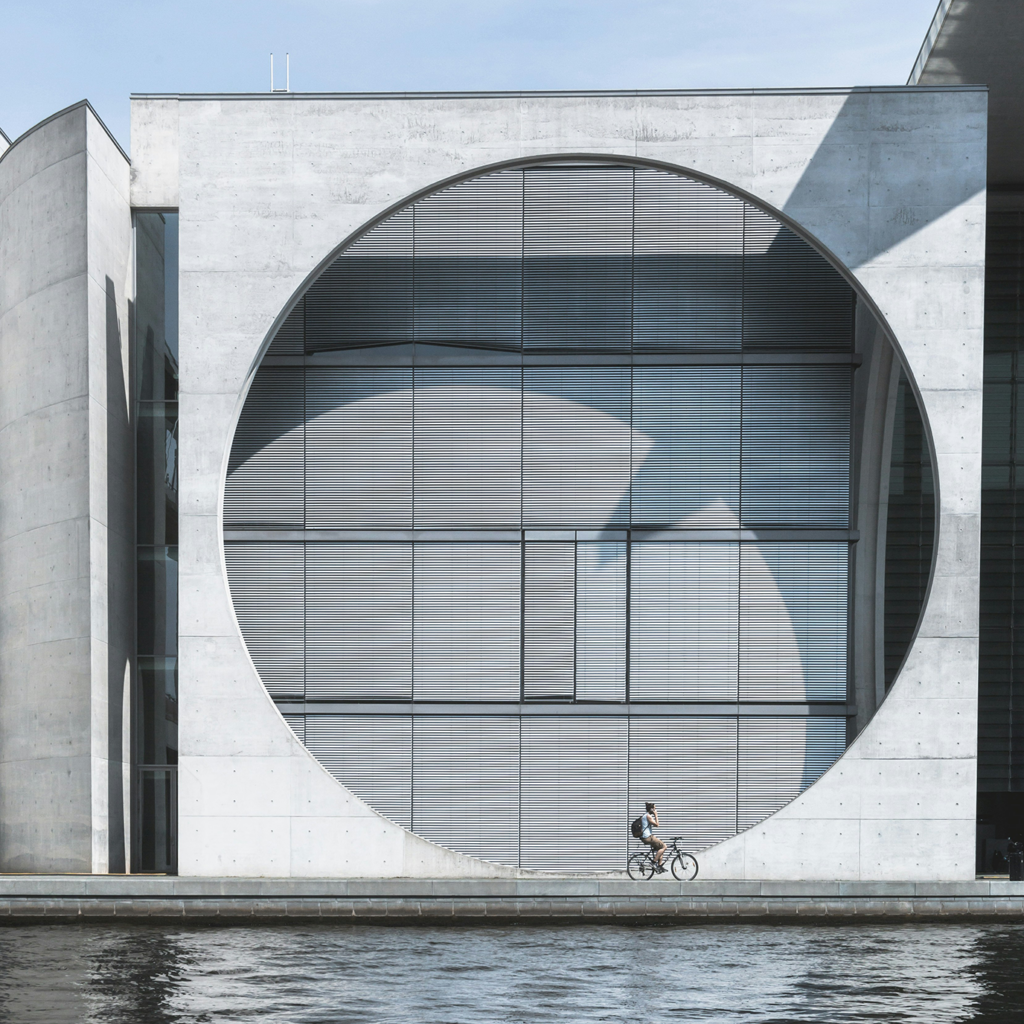
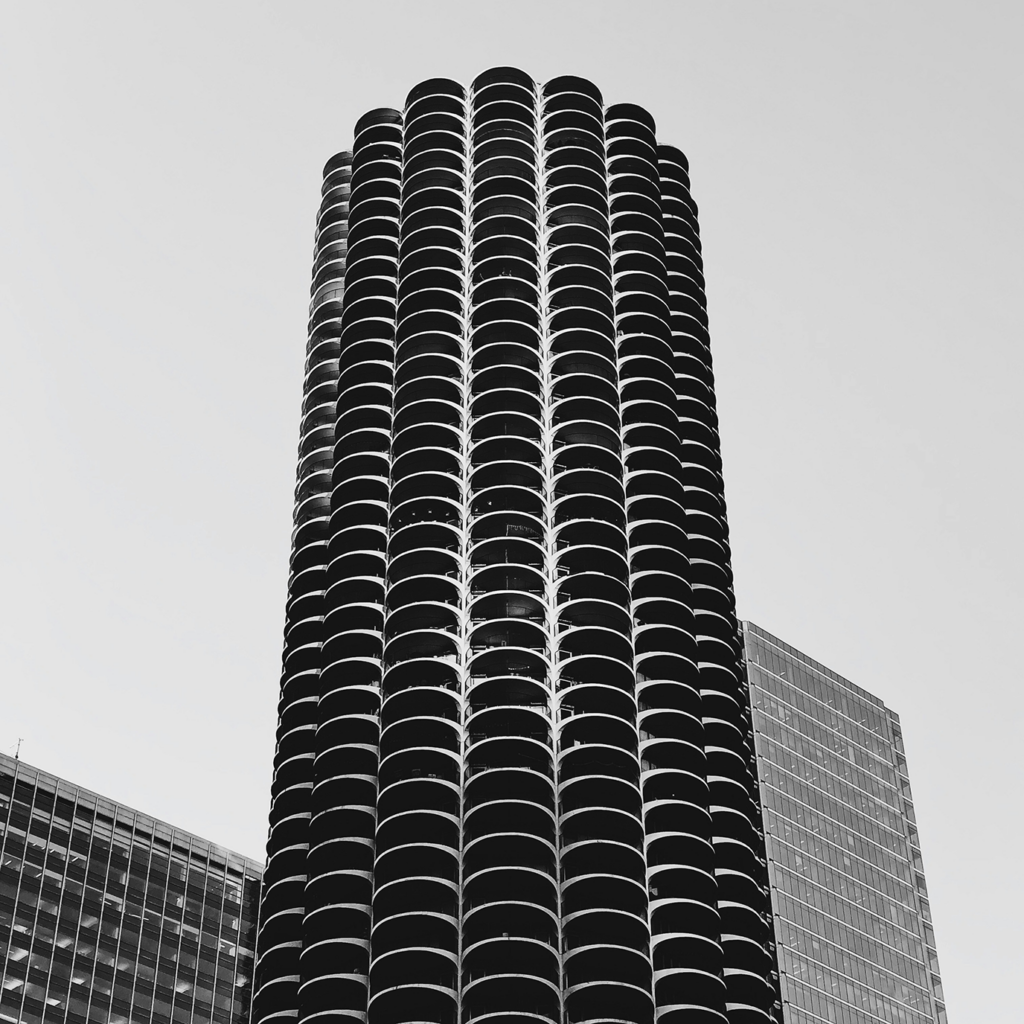
Read more about architectural design in Functionality of Textured Building Skins: Exploring the Beauty






